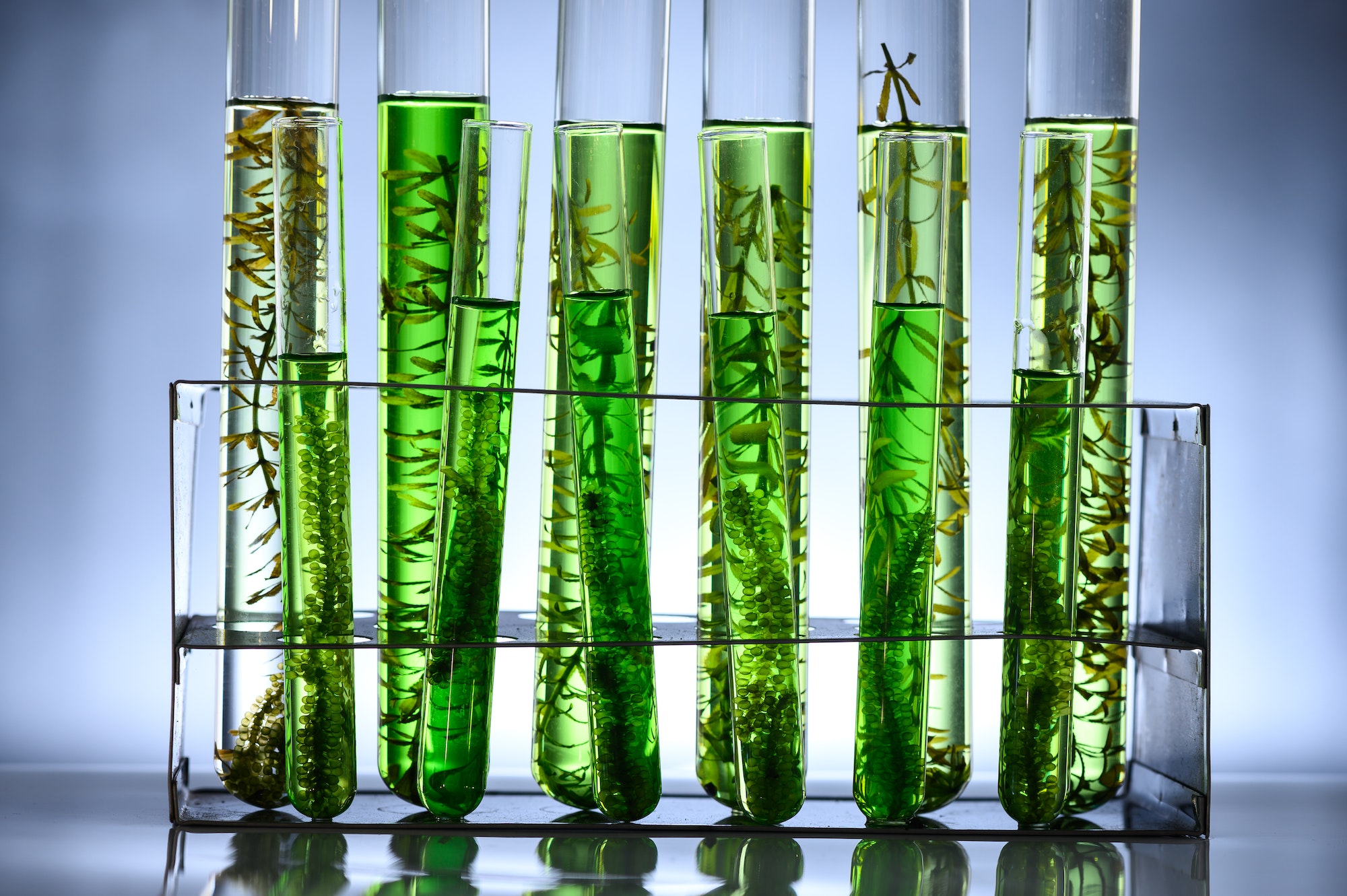Microalgae have gained significant attention in recent years due to their potential applications in various industries, including biofuels, pharmaceuticals, nutraceuticals, and biofertilizers. Their high growth rate, ability to fix CO2, and production of valuable compounds make them an attractive alternative to conventional biomass sources. However, one of the major challenges in microalgae cultivation is the efficient and cost-effective harvesting of the biomass. This article will discuss two common techniques used to harvest microalgae biomass: filtration and centrifugation.
Filtration is a physical separation process that involves passing a liquid through a porous medium (filter) to separate solid particles from the liquid. In the context of microalgae harvesting, the liquid is the culture medium containing the microalgae cells, and the solid particles are the microalgae biomass. Filtration can be performed using a variety of filters, such as membrane filters, cloth filters, and filter presses.
Membrane filtration is widely used for harvesting microalgae due to its high efficiency and selectivity. The process involves passing the culture medium through a semipermeable membrane with pore sizes ranging from 0.1 to 10 μm. The choice of membrane depends on factors such as the size of the microalgae cells and the desired level of biomass concentration. Membrane filtration can achieve high biomass recovery rates (>90%) and produce concentrated microalgae suspensions suitable for downstream processing.
However, membrane filtration has some drawbacks, such as fouling and clogging of the membrane pores, which can lead to reduced filtration performance and increased energy consumption. To overcome these issues, various strategies have been developed, such as using tangential flow filtration systems or incorporating backwashing cycles to clean the membrane surfaces.
Another commonly used filtration technique for microalgae harvesting is gravity filtration using cloth filters or filter presses. These methods are relatively simple and low-cost but may not be suitable for large-scale applications due to their lower efficiency and higher labor requirements compared to membrane filtration.
Centrifugation is another widely used method for harvesting microalgae biomass. The process involves the use of centrifugal force to separate solid particles (microalgae cells) from the liquid (culture medium) based on their density differences. The centrifugal force causes the denser microalgae cells to sediment, forming a concentrated biomass pellet at the bottom of the centrifuge tube or bowl, while the less dense culture medium remains in the supernatant.
The efficiency of centrifugation depends on factors such as the relative density of the microalgae cells and culture medium, the size and shape of the cells, and the centrifugal force applied. High-speed centrifuges can achieve high biomass recovery rates (>95%) and produce highly concentrated microalgae suspensions suitable for downstream processing.
However, centrifugation has some disadvantages, such as high energy consumption and potential cell damage due to shear forces generated during the process. Additionally, the capital investment for centrifuge equipment can be relatively high, especially for large-scale applications.
In conclusion, filtration and centrifugation are two common methods used to harvest microalgae biomass for various applications, including biofertilizer production. Both techniques have their advantages and drawbacks, and the choice between them depends on factors such as efficiency, cost, scalability, and potential impact on cell viability. Further research and development are needed to improve these harvesting methods and develop novel strategies to overcome their limitations and enable sustainable and cost-effective microalgae cultivation and harvesting for biofertilizer production and other applications.


